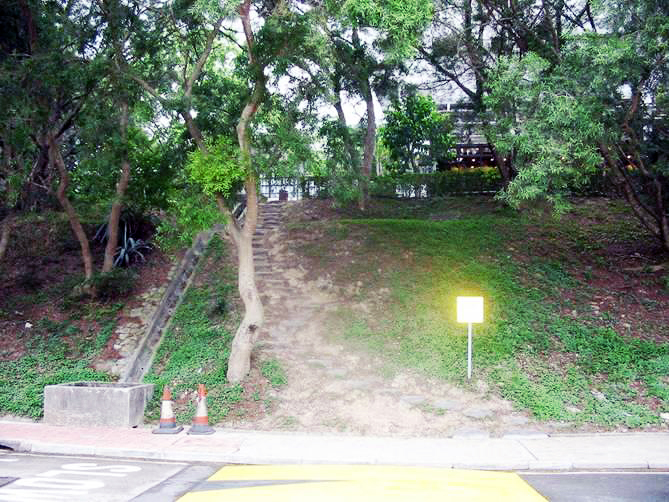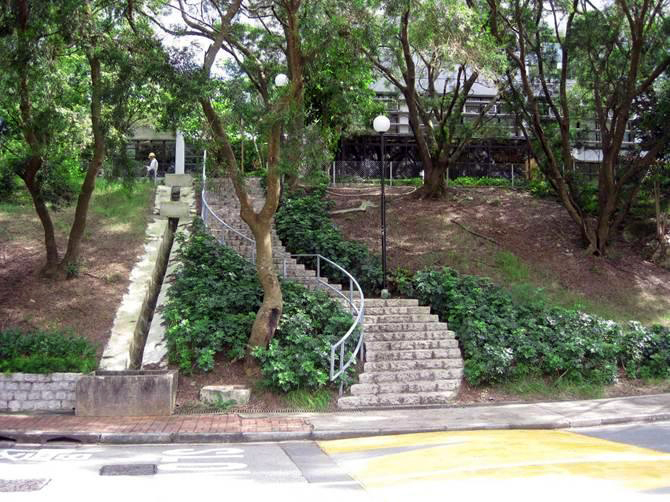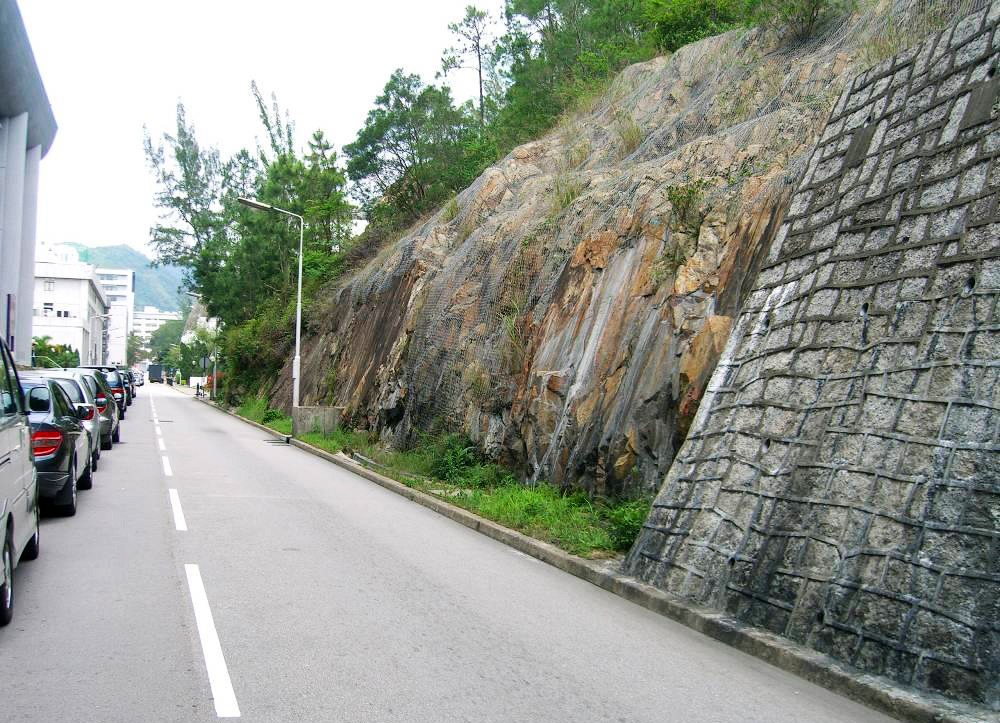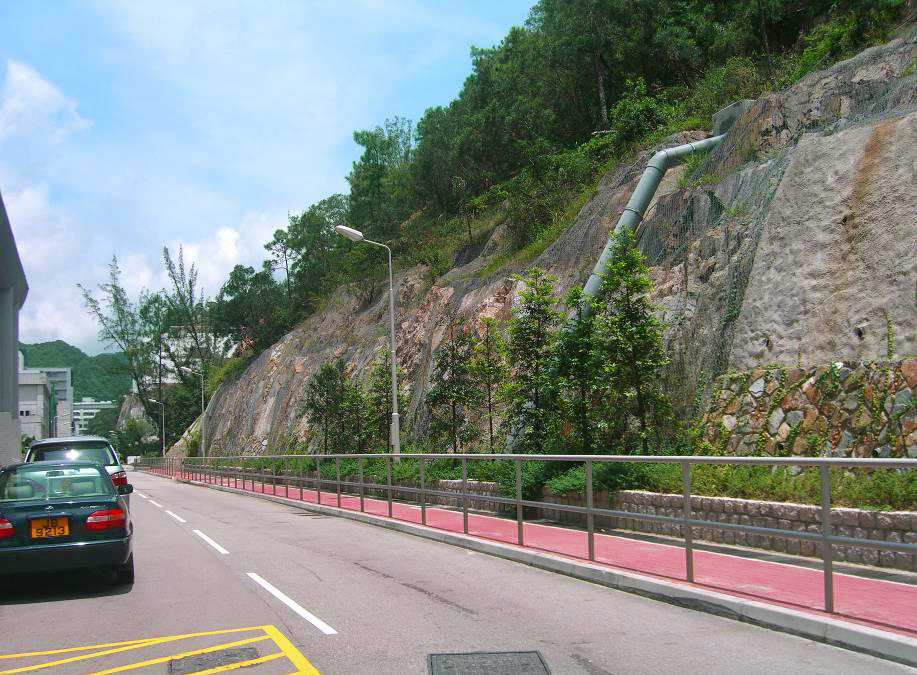- admin
- About Us
- admin
- About Us
Campus Greening and Wildlife
Campus Greening and Wildlife
CUHK's luxuriant campus boasts the highest greening ratio of any local university. The campus is home to over 200 plant species, over a third of all tree species found in Hong Kong. Over 60% of the campus is covered in vegetation. The campus is also home to a wide variety of fauna.
Transforming Barren Rocks into a Garden: Greening CUHK
CUHK’s hilly campus has approximately 500 slopes. We take a proactive approach to slope management, going beyond the statutory Dangerous Hillside (DH) requirements, to strive for much higher standards in the preservation of existing trees, slope greening and landscaping. Associated improvements such as the addition of shortcut steps, the widening of pavements and the provision of disabled access are also made wherever possible, to make the campus more pedestrian-friendly and driver-friendly.
Tree Preservation
CUHK's trees are cared for by experienced staff of the Landscaping Section of the Estates Management Office (EMO) by irrigation, trimming, fertilizer application and pest control.
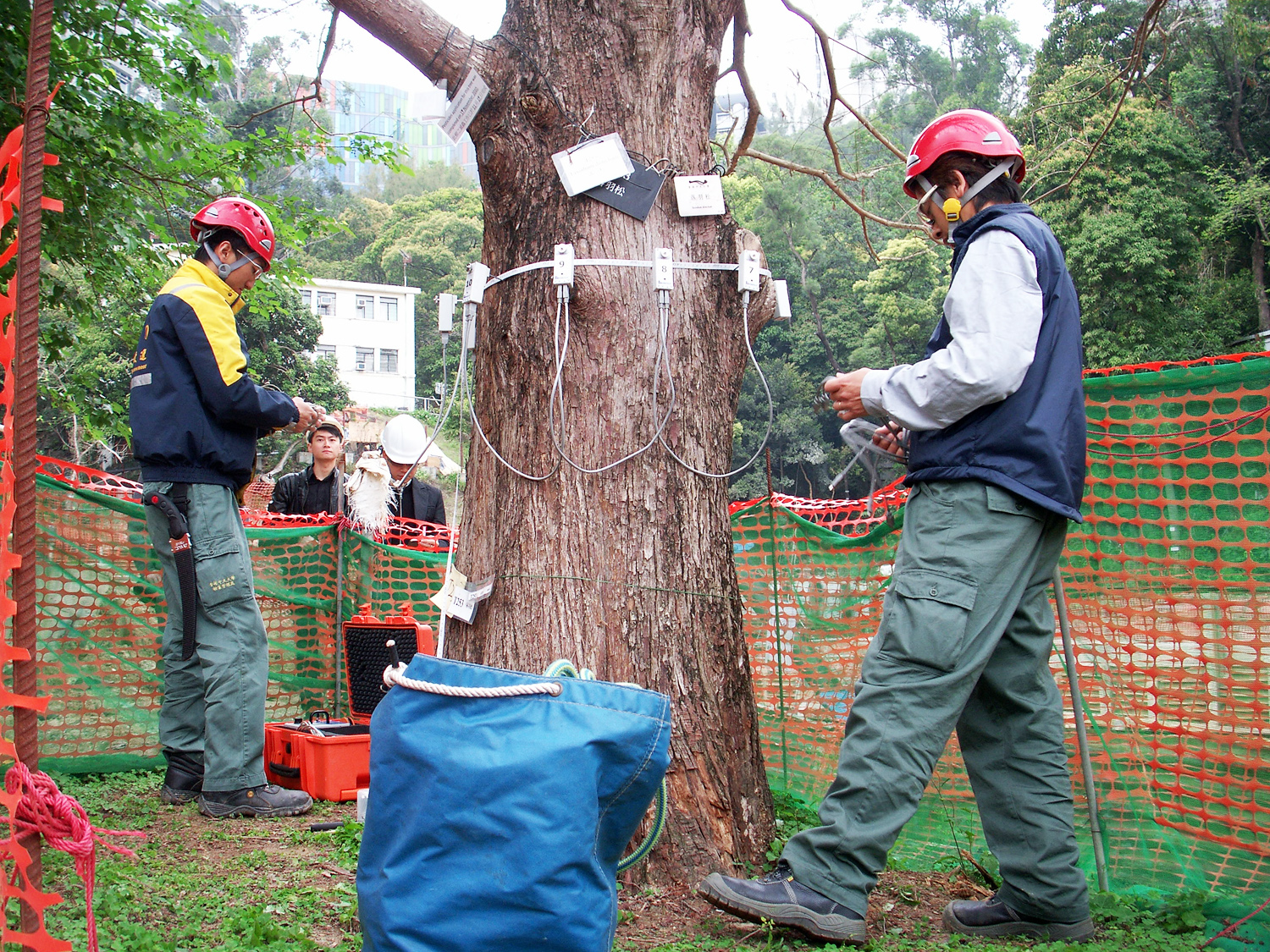
Tree assessment by EMO technician with sonic tomography
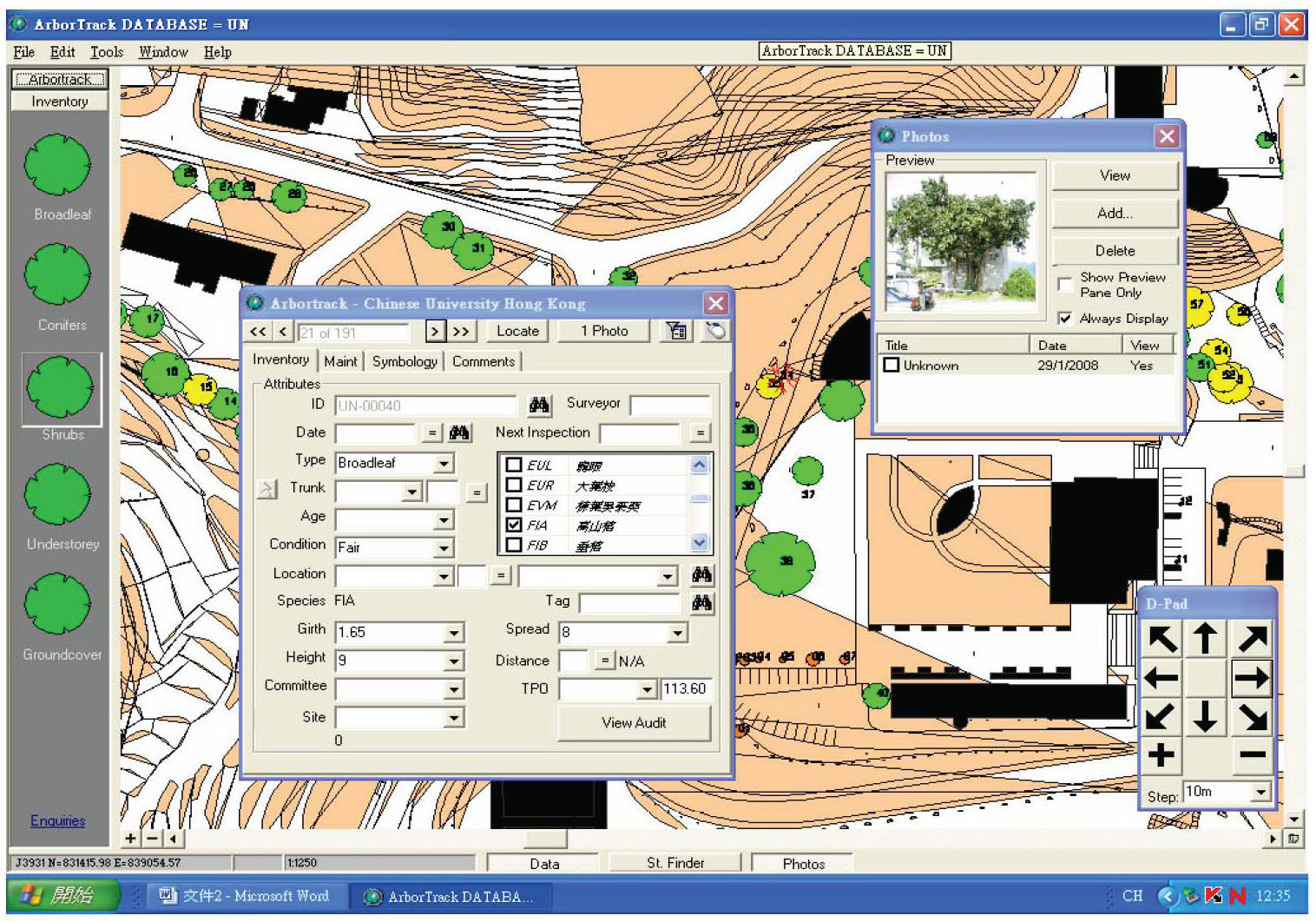
EMO has launched a tree survey to identify and map all the trees on the University’s campus. ArborTrack, a sophisticated computer database, contains entries on all trees with a diameter of at least 500mm, specifying their species, location and state of health.
Slope Maintenance
CUHK's hilly campus has approximately 500 slopes. We take a proactive approach to slope management, going beyond the statutory Dangerous Hillside (DH) requirements, to strive for much higher standards in the preservation of existing trees, slope greening and landscaping. Associated improvements such as the addition of shortcut steps, the widening of pavements and the provision of disabled access are also made wherever possible, to make the campus more pedestrian-friendly and driver-friendly.
After slope stabilization - shortcut steps have been added and the slope has been greened
After slope stabilization – the pavement has been widened and new trees have been planted
Protection of House Swifts
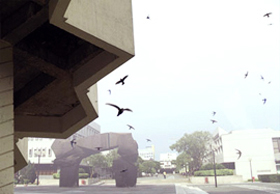
House swift colony at the University Library |
The House Swift is the most well-known bird on campus. Over 200 swifts have built their nests under the concrete eaves of the University Library, and it is now home to the largest swift colony in Hong Kong. When planning the Library Extension, the University commissioned an avian specialist to conduct a 17-month study and monitor the health and population of the swift colony nesting there on a monthly basis. Mitigation measures were implemented to protect the swifts during construction. A review after the completion of the Library Extension project concluded that the House Swift Preservation effort had been a great success. |
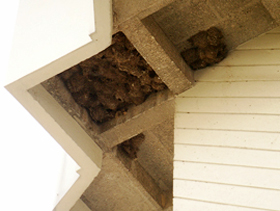
Swift nests under the University Library’s eaves |
Library extension project – swift conservation Further details of the mitigation measures taken to conserve the swift colony can be found below: Check out the following news articles and video (in Chinese only) for more information on the conservation programme: |
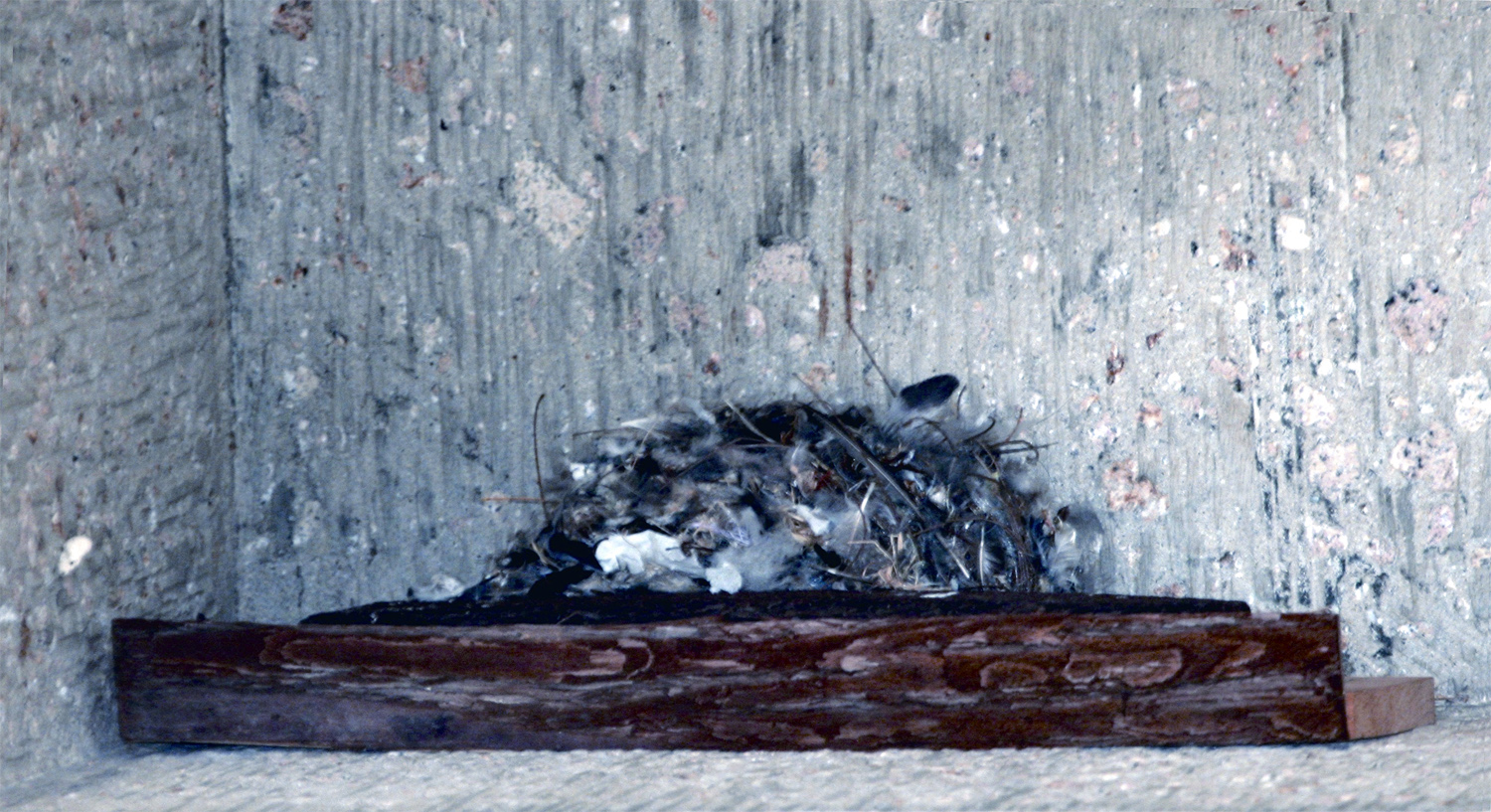
Swift nest built using artificial nest box as base |
Public Education
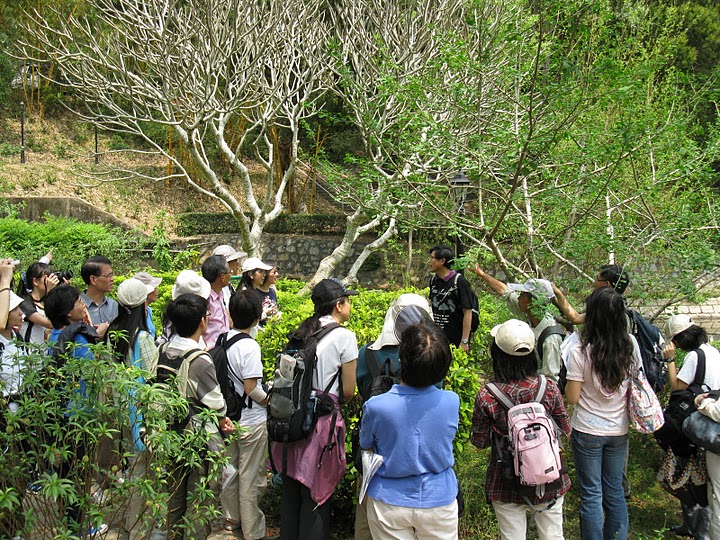 |
The House Swift is the most well-known bird on campus. Over 200 swifts have built their nests under the concrete CUHK’s green campus is well-loved by its community and plays a role in many educational and cultural events: Colleges, academic departments and student groups hold numerous events every year like eco-photography workshops, tree management seminars, flower festivals, organic farming, tree-planting and tree-tagging events. Thanks to the generosity of the Hang Seng Green Bank Fund, the Green Education Group CUHK, an impromptu organization formed by our staff, launched a CU Tree Project (which was expanded into a Tree and Bird Project in Phase 2) in 2008 to produce the first-ever interactive map of trees on campus, an online campus tree and bird database, and many other useful resources such as the apps ‘Trees of CUHK’ (iOS / Android) and 'Birds of CUHK' (iOS / Android). |
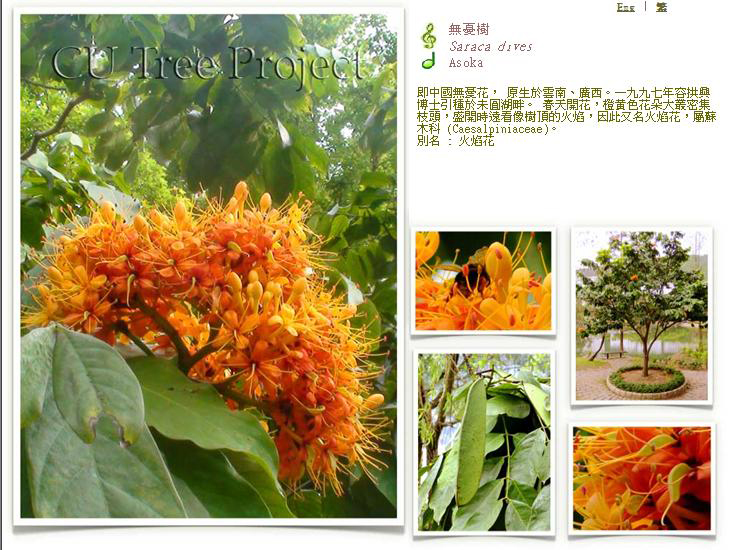 |
From 2008 to 2012, the Group also held exhibitions, tree walks and tagging, bird-watching events, film screenings and other events to raise awareness about the importance of trees and ecological diversity to staff, students, alumni and the public. Visit the links below to view tree and bird photo databases, listen to bird calls, use an interactive tree map and access more resources. In celebration of the University’s 50th anniversary in 2013, establishment of a ‘Caring Alumni EcoCampus Trail’ is currently in progress. The trail will connect the nine colleges with the central campus and the Graduate School, with plaques erected with information on the flora and fauna of our green campus. Find out more about the trail |
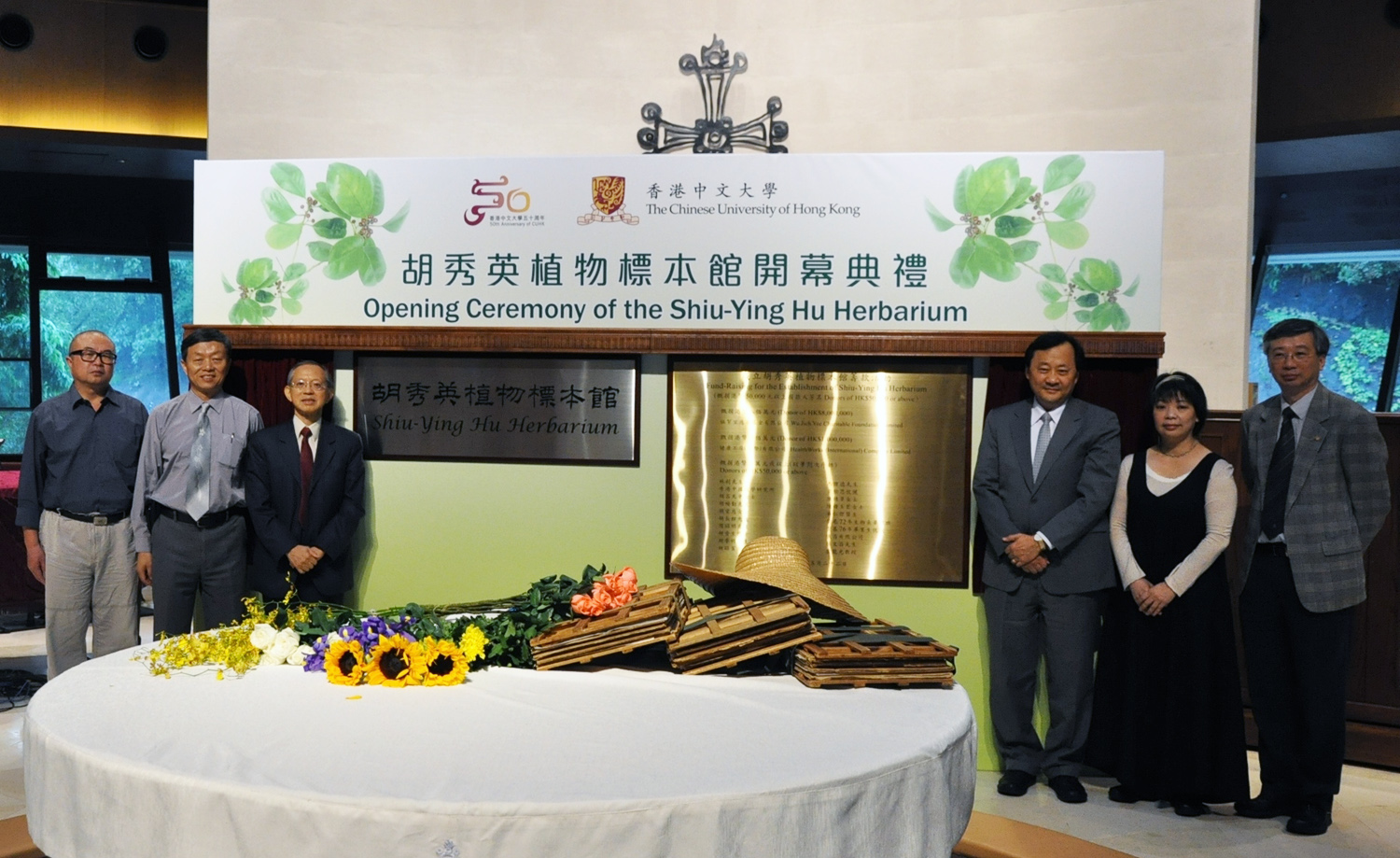 |
Enhancing Biodiversity
Although CUHK was severely deforested at the time of its establishment, efforts to reforest the campus have helped its fauna to re-establish themselves during the past four decades. The Chung Chi Stream and Weiyuan Lake, widely admired for their scenic beauty, have also been recognized as an important habitat for certain aquatic animals and plants.
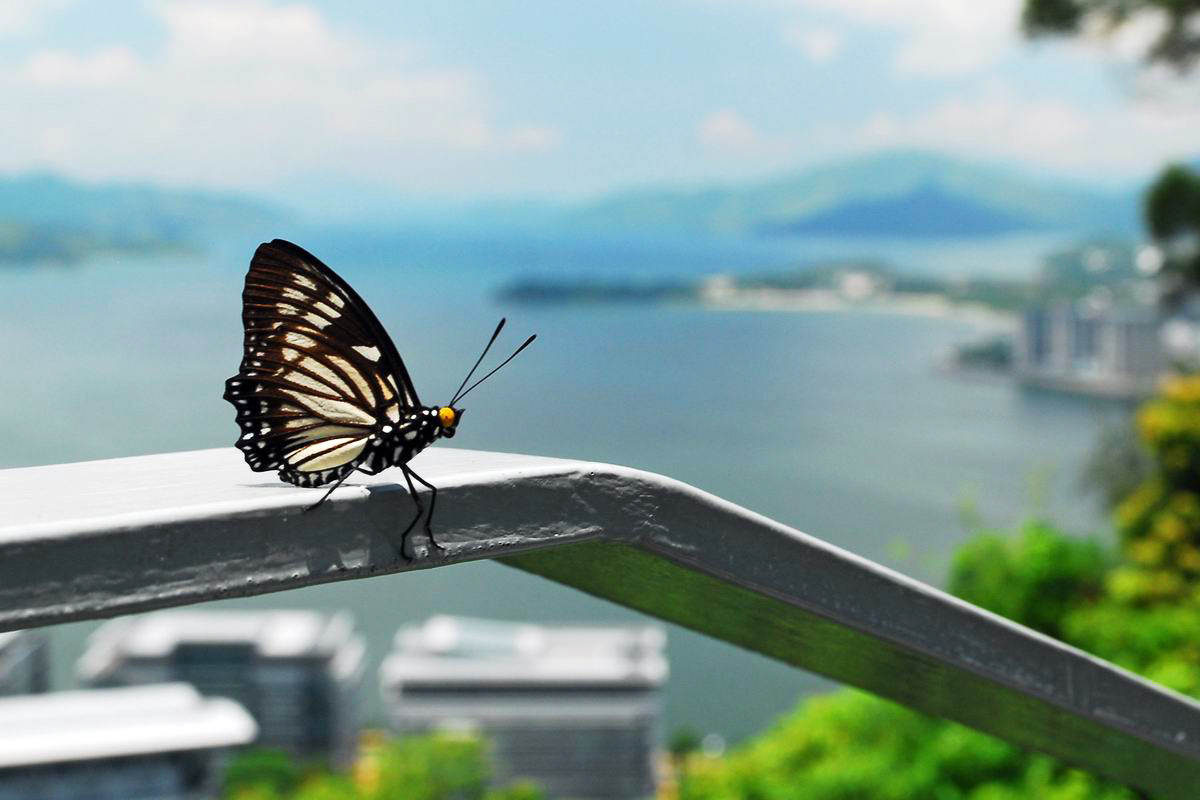 |
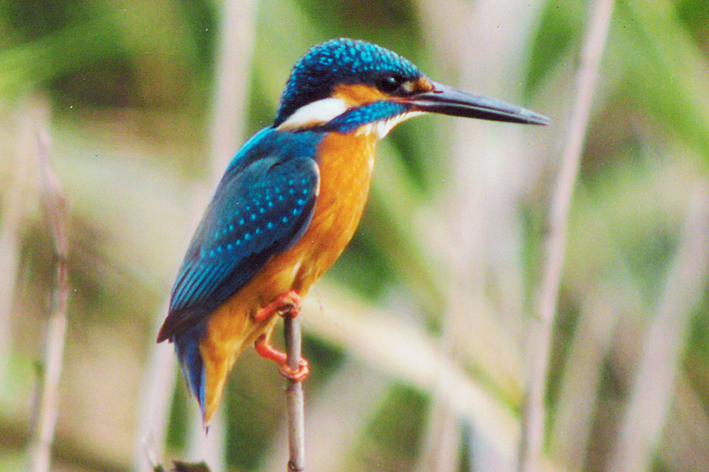 |
Camphor trees, mountain figs, Chinese banyans, ivy trees and other native tree species providing nectar, flowers, sap, fruits and shelter have been planted to attract more birds and butterflies. |
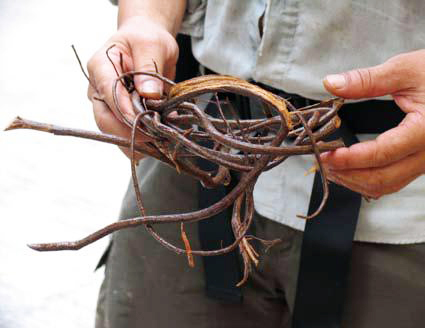 |
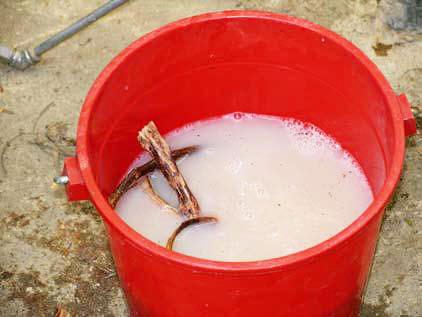 |
The natural home-made pesticide Rotenone is used to control pests, so as to minimise damage to the environment. |
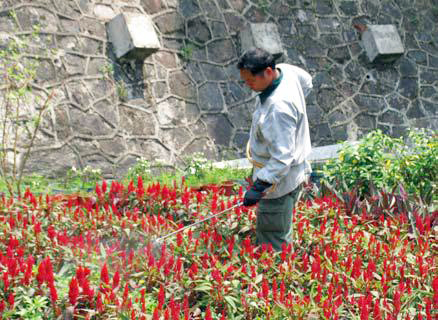 |
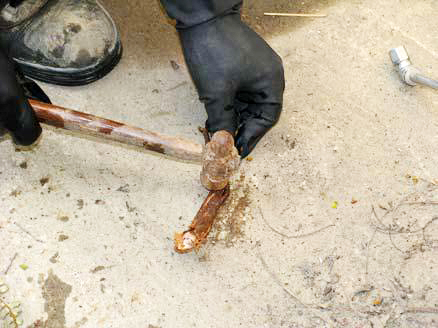 |
|
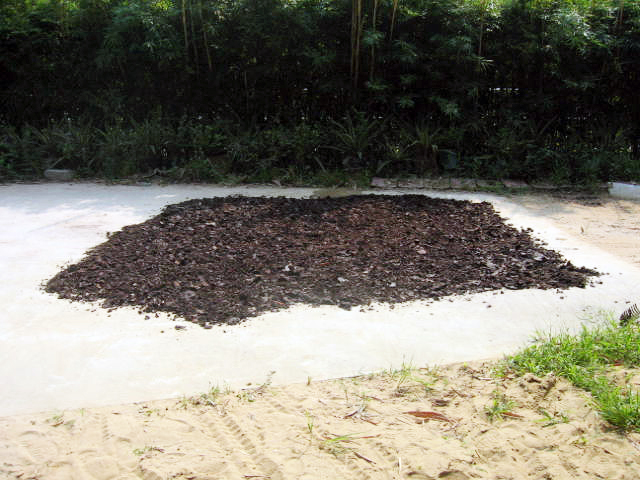 |
Canteen wastes and food sludge are composted on campus, and used by the Landscaping Section to improve the soil in the campus grounds |
|








